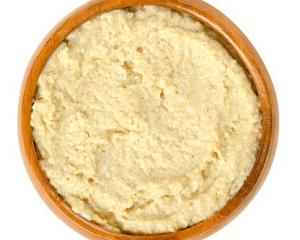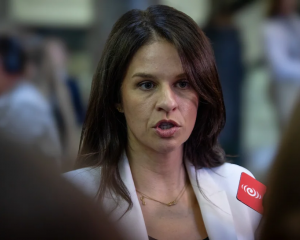
The operation has been on hold since the death of Department of Conservation (Doc) workers Scott Theobald and Paul Hondelink in a helicopter crash in Wanaka last month.
Doc lead operations director for tahr control Andy Roberts said there was no new date set for the operation, but it would be unlikely before February.
Numbers of tahr would continue to increase while the operation was on hold, he said.
"Doc is still planning to reduce the population by 10,000 before 31 August 2019 as part of Doc's Tahr Control Operational Plan.''
The hunters were among the department's most experienced shooters for wild animal control operations.
"Doc's focus since the tragic helicopter accident has been on supporting the families and colleagues of the two rangers.
"This has included working closely with the families on the arrangements for their funerals, held last week in Wanaka, Aoraki/Mt Cook and in Whangarei.''
This disaster has defeated the goal of getting in before the breeding season started, which was explicitly called for by the Minister of Conservation Eugenie Sage.
The Government says the total number of Himalayan Tahr is expected to surpass the estimated 35,000 that are now destroying vegetation in the mountains.
The original plan was to cull 6000 by Christmas, and negotiate on the best way to take a further 4000 later in summer.
In addition New Zealand Deer Stalkers association president Bill O'Leary said his members would never target a nanny goat with young, because it would be cruel to kill a nanny goat and leave baby goats to starve.
As a result, a new generation of Tahr would be weaned from their mothers and prowling the mountainside before any significant culling took place.
His members were not taking up the slack left by the postponement of the official cull, he said.
"For most years, our recreational hunters have concentrated on taking the trophy bulls and they have taken one or two females for meat.''
"Now, we want them to make a concerted effort to reduce the number of breeding females.''
Very few of the animals would be taken back home to be eaten, which would be a sad outcome.
The idea of leaving carcasses to rot on the mountainside has been criticised for its environmental impact.
But Mr O'Leary said it was just not practical for hunters on foot to carry large numbers of carcasses down from precipitous peaks in the Southern Alps.
In a statement, Ngai Tahu accepted this.
"Ngai Tahu understands the need to manage Tahr populations,'' an iwi official said in a statement.
"Although leaving carcasses or meat on the hill would not be considered ideal for Ngai Tahu, we acknowledge that retrieval is not necessarily practical or safe in all circumstances.''
Additional reporting RNZ











